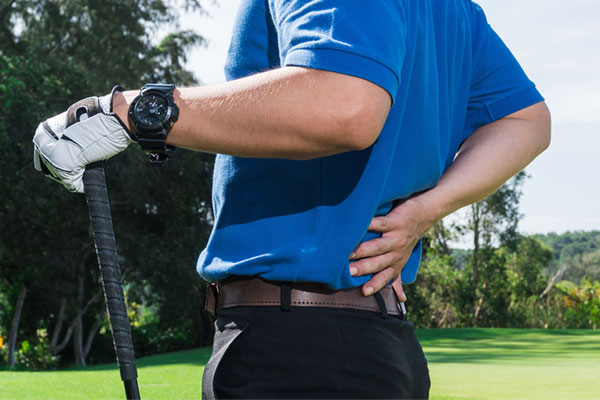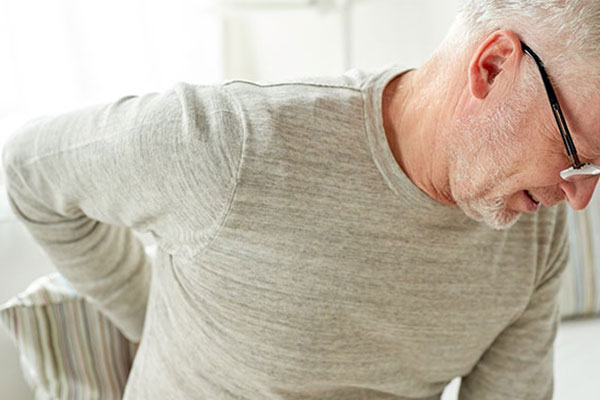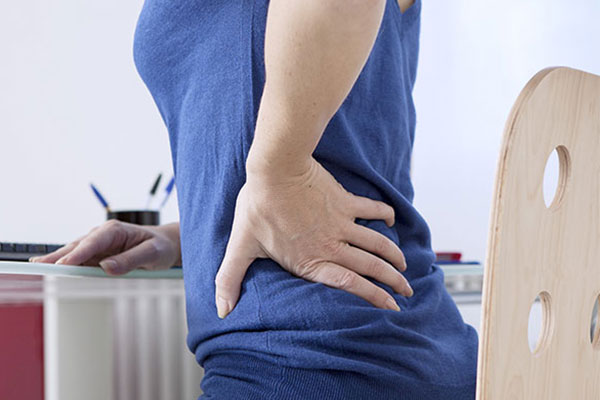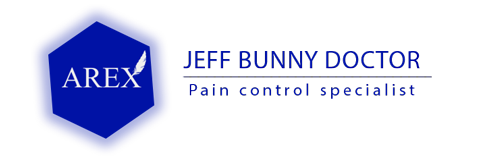

Arm Pain Relief
Symptoms, Causes, and Treatment of Arm Pain
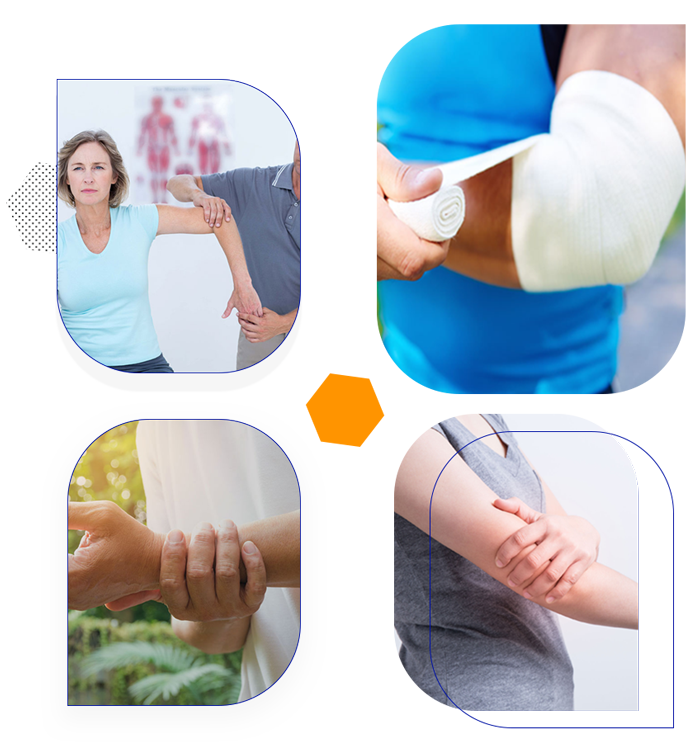
How to Treat Arm Pain
Treatment may start with conservative therapies, such as over-the-counter aspirin, acetaminophen or ibuprofen. These nonprescription medications can be effective for certain types of arm pain when taken according to instructions. You may also consider home care such as drinking plenty of water to reduce muscle cramps. Stretching and massage can help. You may also try using heating or cold packs, taking warm baths or showers, and resting your arms. Elevate your arm(s) when you lie down. Compression bandaging can help reduce swelling.
The pain management specialists at The Pain Center may also recommend the following interventional pain therapies to reduce your arm pain:
- Prescription medications / medication management
- Topical agents (creams)
- Injections such as steroid medications
- Spinal Cord Stimulator
- Physical therapy (can include exercises, heat and cold therapy, and electrical nerve stimulation-TENS unit)
- Alternative treatments such as acupuncture, chiropractic adjustments and/or massage
Joint Pain Relief
Symptoms, Causes & Treatment of Joint Pain
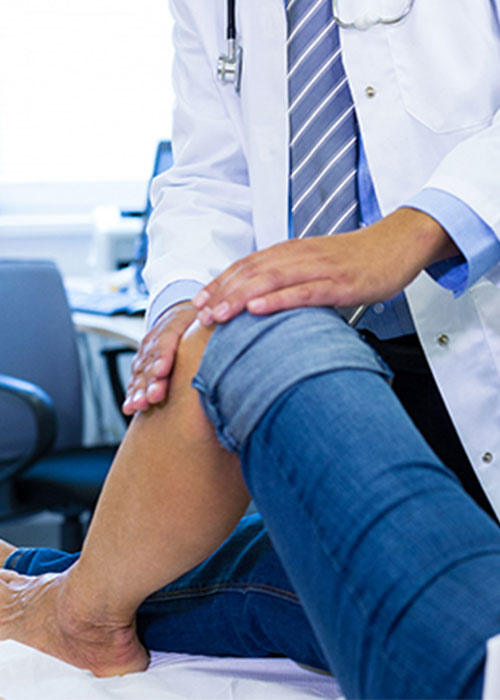
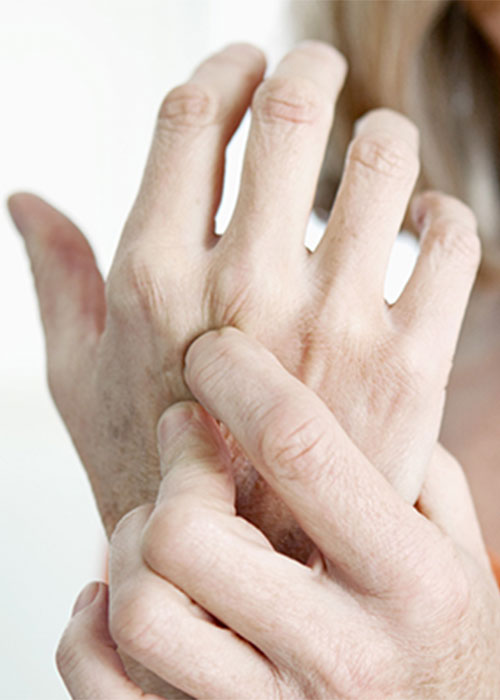
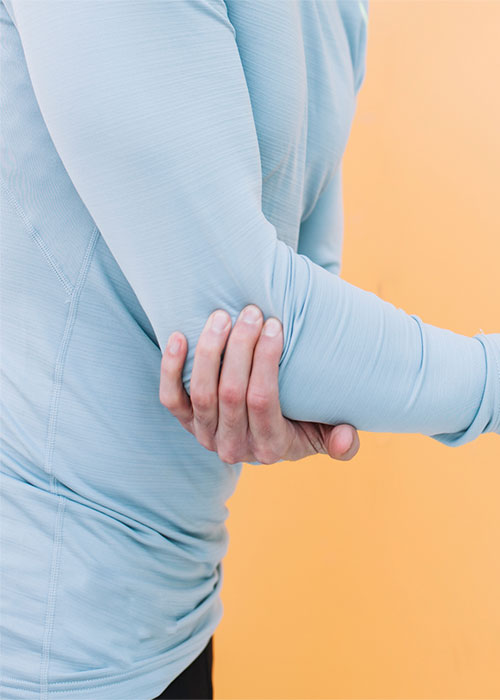
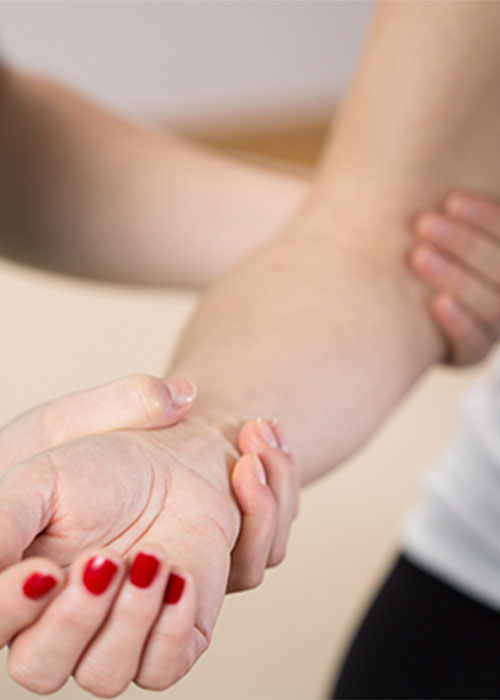
How to Treat Joint Pain
Your treatment options will depend on the underlying cause and severity of your pain. Many causes of joint pain resolve with minimal or no treatment, or respond well to basic home-care. Treatments for joint pain can range from simple lifestyle modifications and home care, to prescription medications, injections, physical therapy and other medical treatments.
- What is rheumatoid arthritis?
- What usually causes joint injury?
- Why do I have pain in my lower back?
- What causes joint pain?
Neck Pain Relief
Symptoms, Causes & Treatment of Neck Pain
Neck Pain Symptoms and Diagnosis
Neck problems can cause sensations that range from tingling or a dull ache to sudden or sharp pain that prohibits your normal activity. Pain can centers in the neck, or can radiate out to other areas such as the arms. Pain can be minor or severe, and can last a short period and self-correct, or can be chronic (long-term). Neck issues can happen suddenly through an injury such as whiplash, or can develop slowly over time.
Causes of Neck Pain
The first step in treating pain is to understand the underlying cause.What causes neck problems? Minor injury to the muscles, tendons, or ligaments in the neck are a common cause of pain and typically heal on their own. For example, sleeping in a bad position can cause neck pain that usually self-resolves over a short period of time. Injury, poor posture, and repetitive motions can also cause neck pain.Your doctor or pain specialist can help you understand the source of your pain and any contributing factors.

Back Pain Relief
Symptoms, Causes & Treatment of Back Pain
How to Treat Back Pain
our treatment will depend on the underlying cause and severity of your pain.
Treatment options such as ice, rest, and pain medications may give you short-term relief of symptoms. In most cases, non-surgical options are most appropriate. Experts at NINDS assert that the most effective treatment is exercise, which has no cost and is non-habit forming.
Causes
Symptoms and Diagnosis
How to Treat Back Pain
